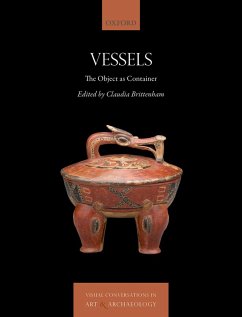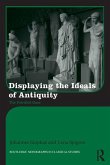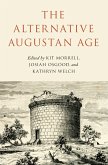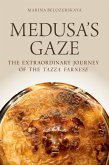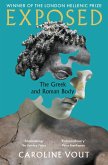Vessels can take many forms: as objects made for human interaction and handling, they both contain and are bounded by space. They can be constructed of a wide variety of materials. But the range of vessels - across history and across cultures - are unified in their potential for practical functioning, whether or not a particular object is in fact made to be used in its particular context. In this volume, four essays by leading scholars tackle the category of the vessel in a comparative conversation between classical Greece, late antique Rome, pre-Columbian Mesoamerica, and ancient China. By considering the material properties of the object as container, the interactions between user and artefact, and the power of the vessel as both conceptual category and material metaphor, they argue that many vessels - and assemblages of vessels - were sites of remarkable workmanship and considerable ingenuity, smart and sophisticated commentaries on the very categories that they embody. In placing these individual case studies in dialogue, the volume offers an art historical and cross-cultural study of vessels in ancient societies, considering both objects and their archaeological contexts. Its aim is to make illuminating comparisons, contrasts, and interpretations by juxtaposing traditions. In keeping with the aims of the series, it serves as a model for a new kind of comparative art history, one which emphasizes material culture and is attentive to questions of evidence and method, yet remains historically grounded and contextually sensitive.
Dieser Download kann aus rechtlichen Gründen nur mit Rechnungsadresse in A, B, BG, CY, CZ, D, DK, EW, E, FIN, F, GR, HR, H, IRL, I, LT, L, LR, M, NL, PL, P, R, S, SLO, SK ausgeliefert werden.

